Disney Springs From a Grove
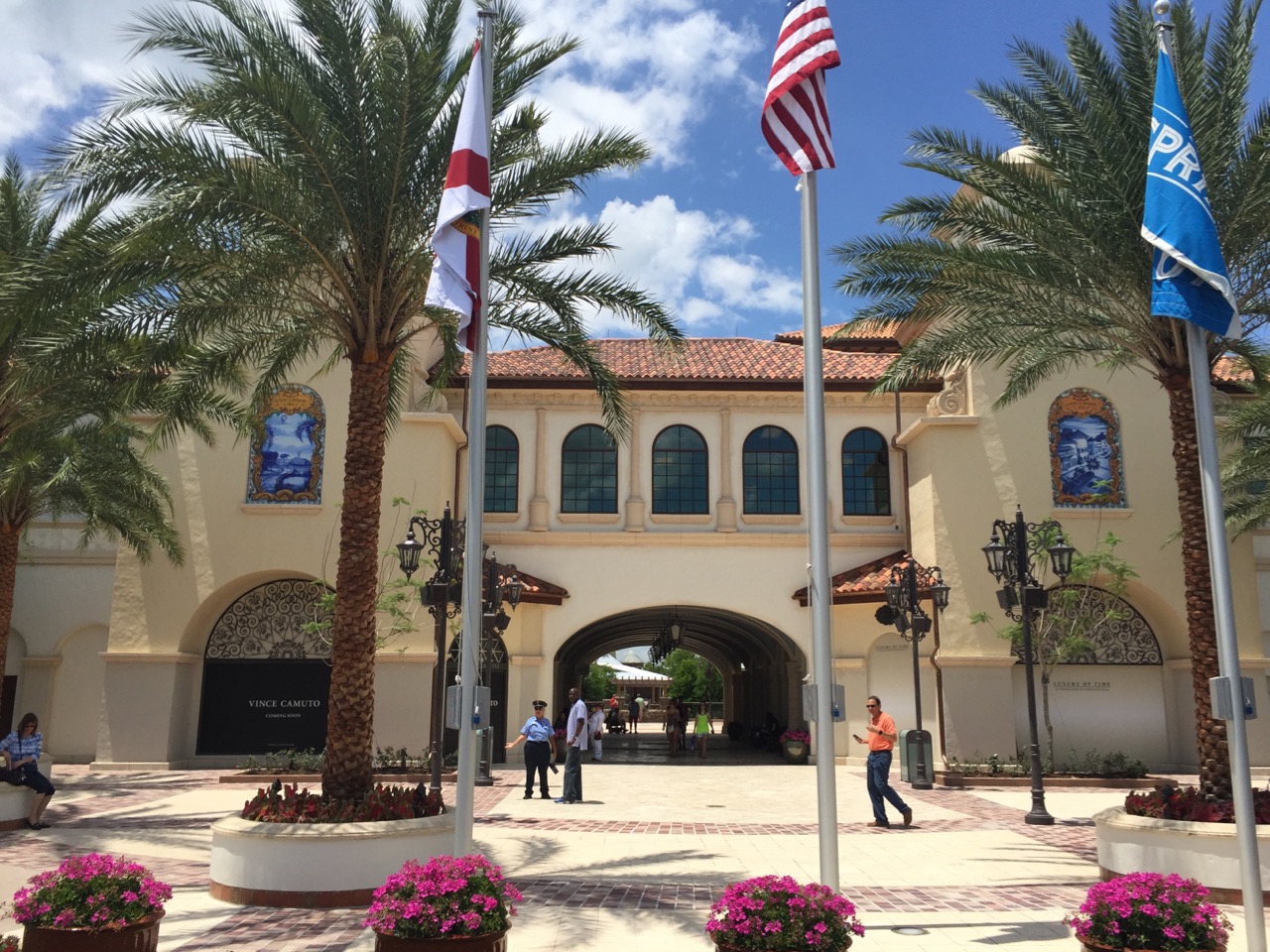
In anticipation of the new Disney Springs opening, in May I wrote in a previous post about how Disney Springs had evolved originally from the Lake Buena Vista Shopping Center to adding Downtown Disney and Disney’s West Side. We talked about the retail and competitive entertainment influences surrounding those neighborhoods of what ultimately combined to become Downtown Disney. This article is an opportunity to share how the recent additions of Disney Springs itself came to be what it is today. You may think it has its roots in an old Florida town growing up around a natural springs. And you’d be partly right. But really, the experience you see in this new development actually takes its cue from a grove–or better yet–The Grove.
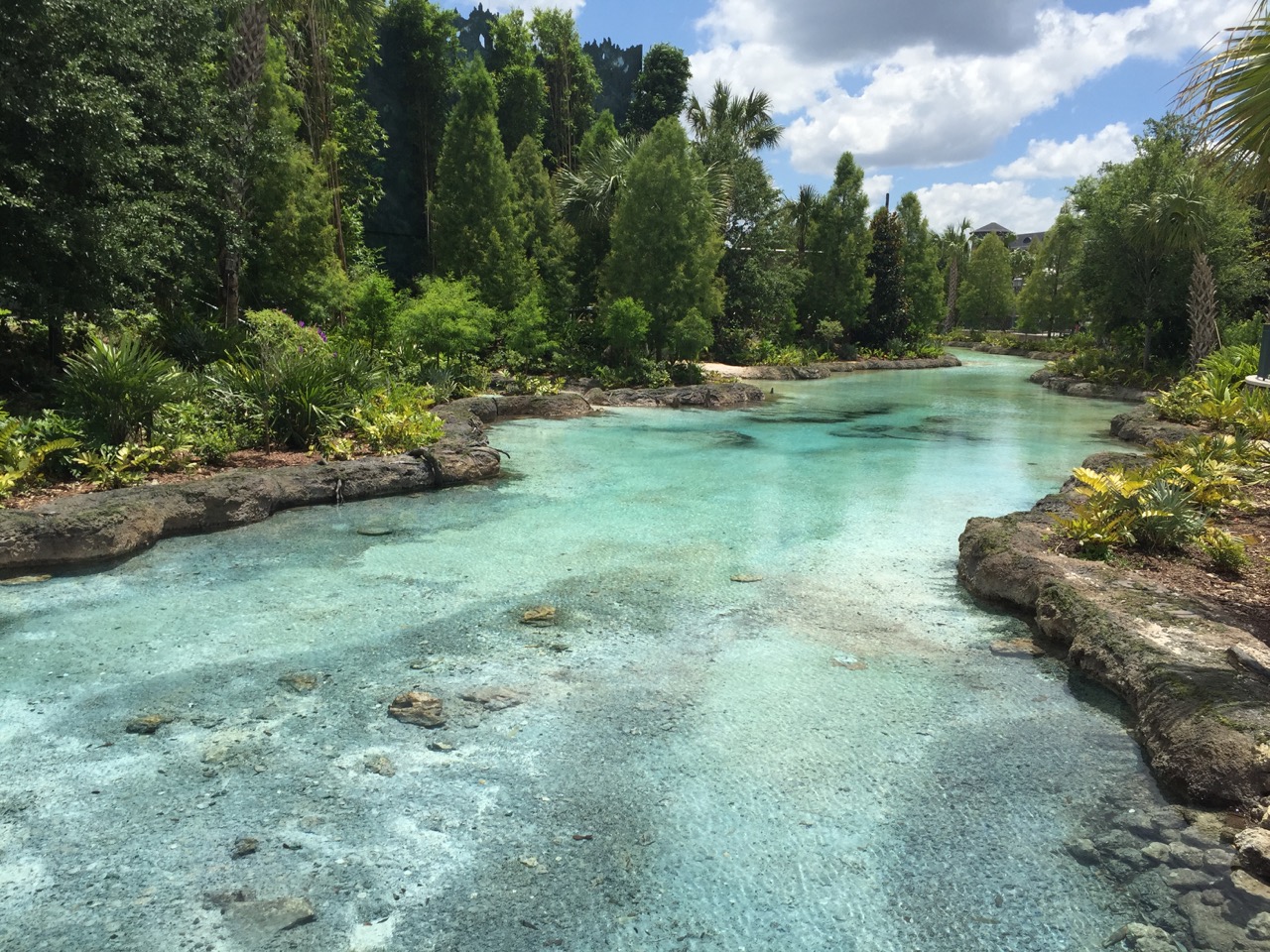
To set the stage for this, understand that this expansion comes at a time when many lower-end malls are falling to closure one by one. And yet according to Business Insider, of the some 1,000 malls in the U.S., about 400 cater to upper-income shoppers. In those locations business is improving. So if Disney wanted to succeed over the long haul, it needed to cater to that kind of traffic.
So if you are corporate Disney sitting around in Burbank and Glendale California thinking about what kind of high end mall you would want to become, where do you benchmark in order to find the best ideas for creating a strong shopping, dining and entertainment experience? Where else but down the street in Los Angeles? There, designers have found a perfect example of successful retail. Indeed, they clearly have taken their cues from L.A.’s–and one of the country’s–most popular shopping, dining, and entertainment place, The Grove.
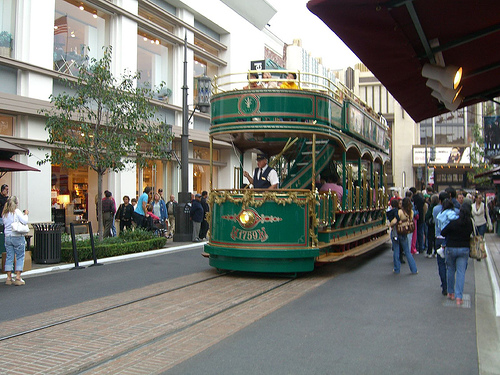
Founded by Rick Caruso and his organization, Caruso Affiliated, The Grove is a very popular shopping experience sandwiched perfectly between Hollywood and Beverly Hills. It’s the “in” place to be for those who make Southern California their home. Shoppers, tourists and locals are flocking there all the time.
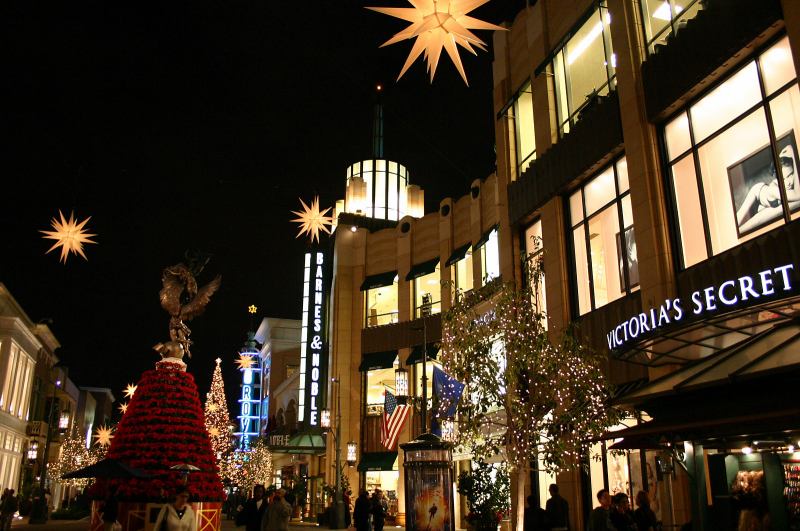
How do they compare? The comparisons are quite strong. The Grove modeled its architectural designs on indigenous buildings found throughout Los Angeles. Disney Springs takes a page from the small Florida cracker towns that grew up along various natural springs. Extending from it, they built off the architecture found in coastal towns like Coral Gables and St. Augustine. Neither retail destination looks the same, but they draw their look and feel from their own regional histories.
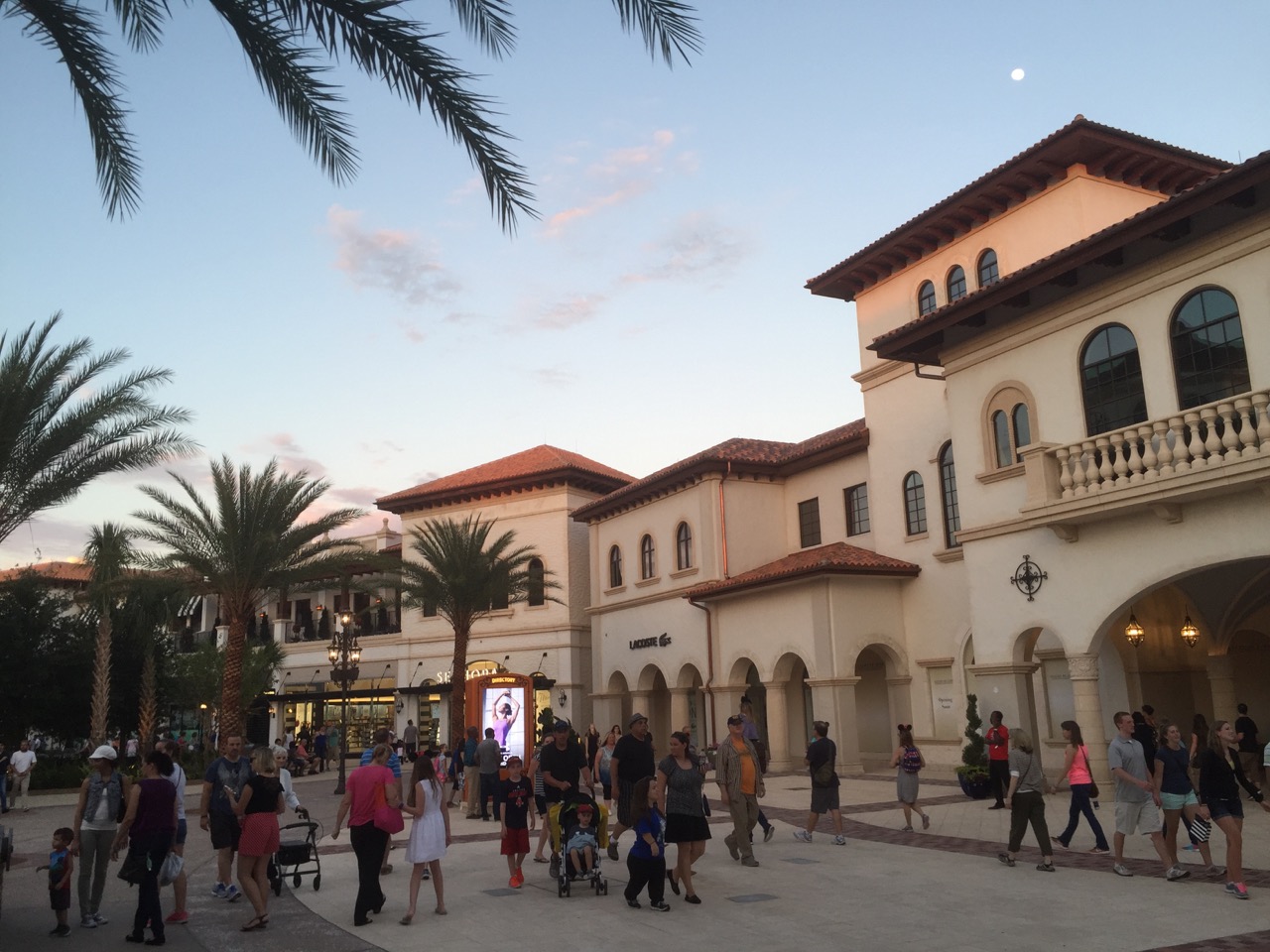
The Grove offers a trolley running through it. Disney Springs offers leftover train tracks and other factory remnants that suggest that this community has evolved over time to becoming a new place to go for spending time and dollars.

The Grove offers shops like Anthropologie, Sephora and Tommy Bahamas. Now Disney Springs does too.
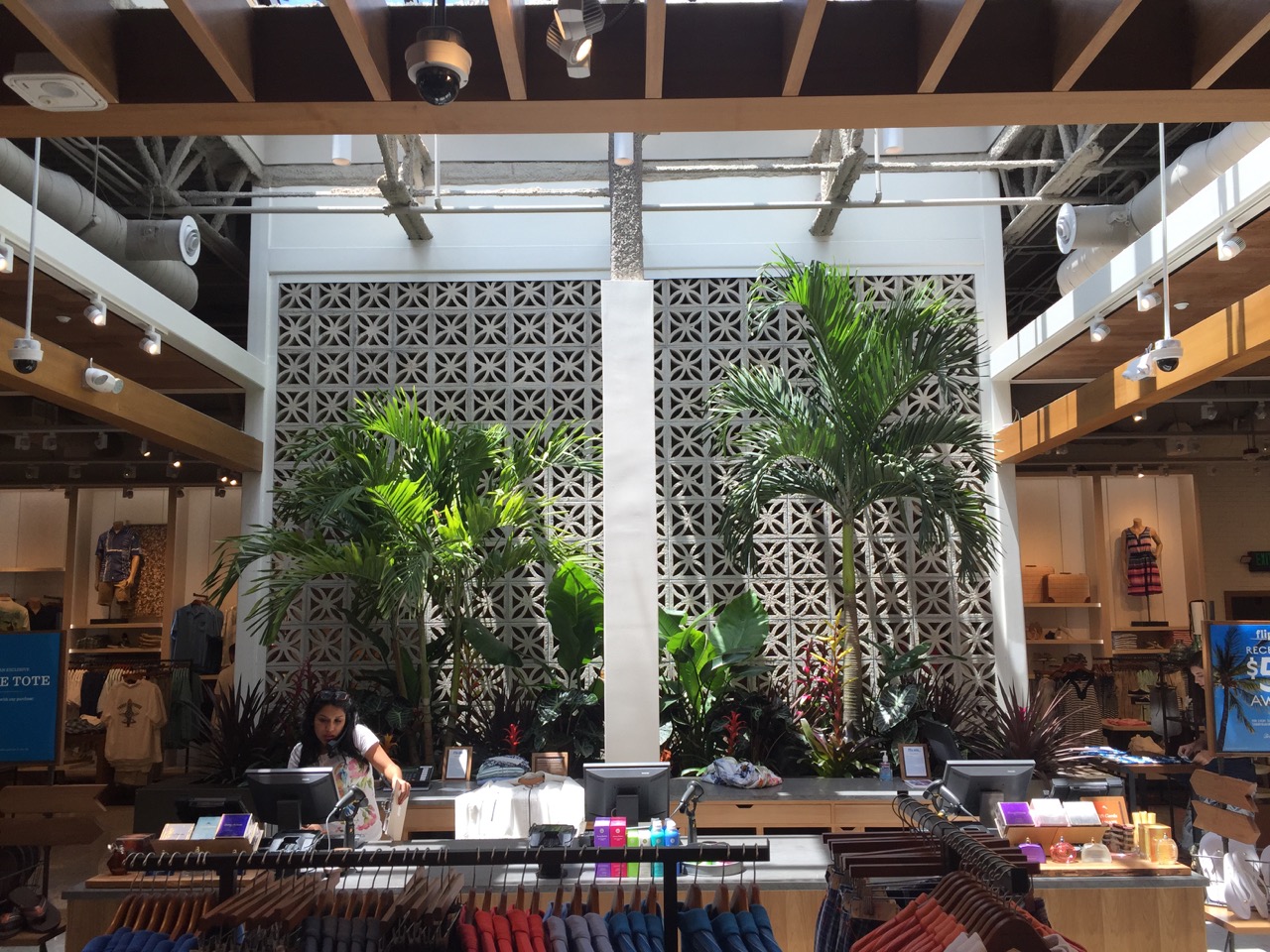
How do they differ? What Disney Springs won’t have that The Grove has is American Girl–which recently took up residence at The Florida Mall. But Disney owns the princess dolls market, plus a new Bibbidi Bobbidi Boutique location. And, what Disney Springs also won’t have that they should have is an Apple Store. That too is found at the Mall at Millenia and the Florida Mall. But here’s hoping that it will eventually make its way to Disney Springs.
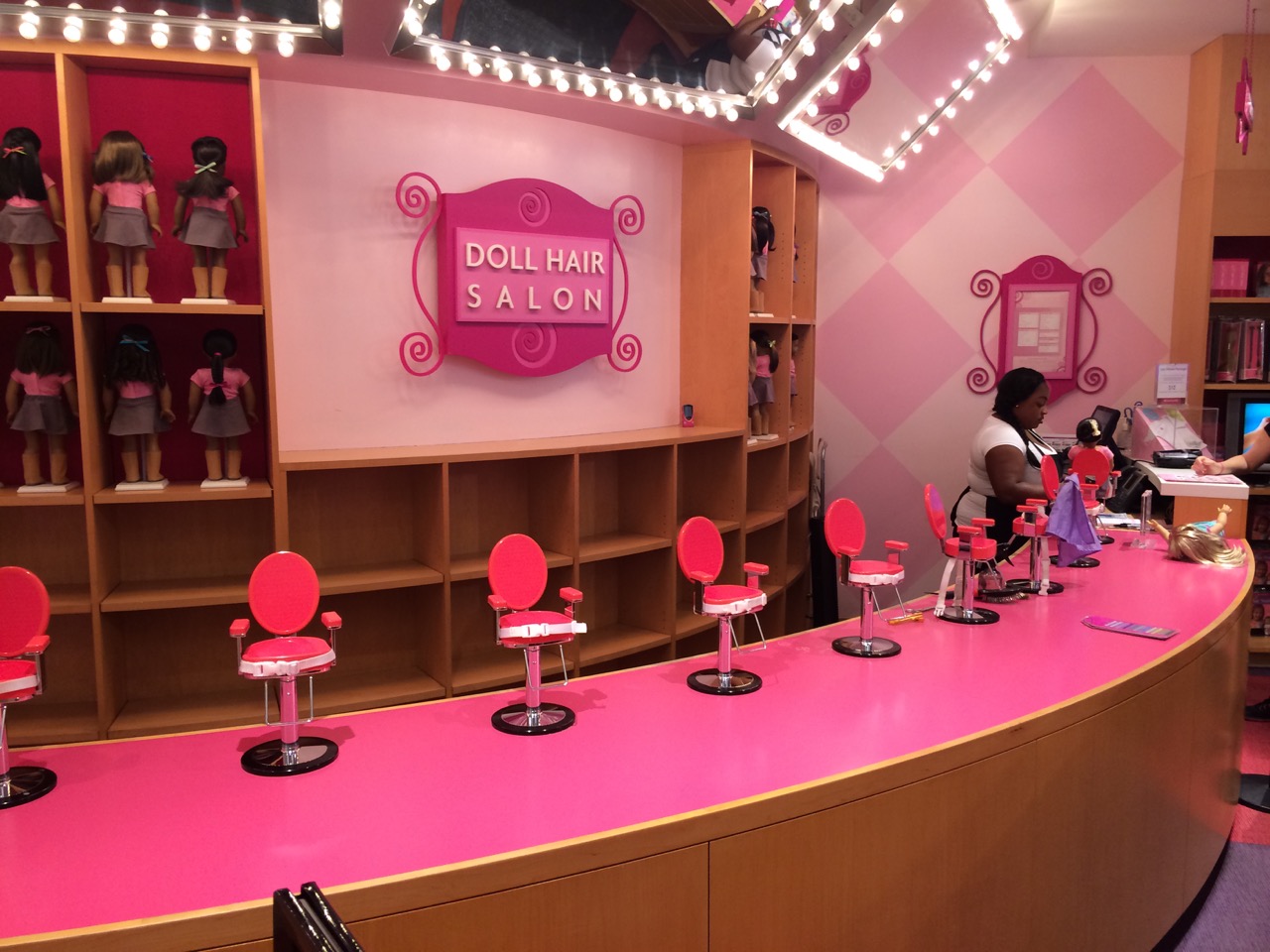
Caruso Affiliated, which owns The Grove, claims that sales per square foot at their shopping centers are 75% higher than industry averages. They also claim that 93% of all their guests make a purchase, and that the average expenditure at a Caruso center is nearly double the norm for an enclosed regional mall.
Can you see why Disney Springs wants to be like the Grove? Moreover, the average visitor length at a Caruso Affiliated property is as much as three times that of a conventional shopping center. That may help to explain why even though there are more places for people to spread out and visit while at Disney Springs, it still looks as crowded as ever. There seems to be no end in sight as to the number of guests visiting. And even with two enormous parking structures, the spaces are fairly filled on each level.
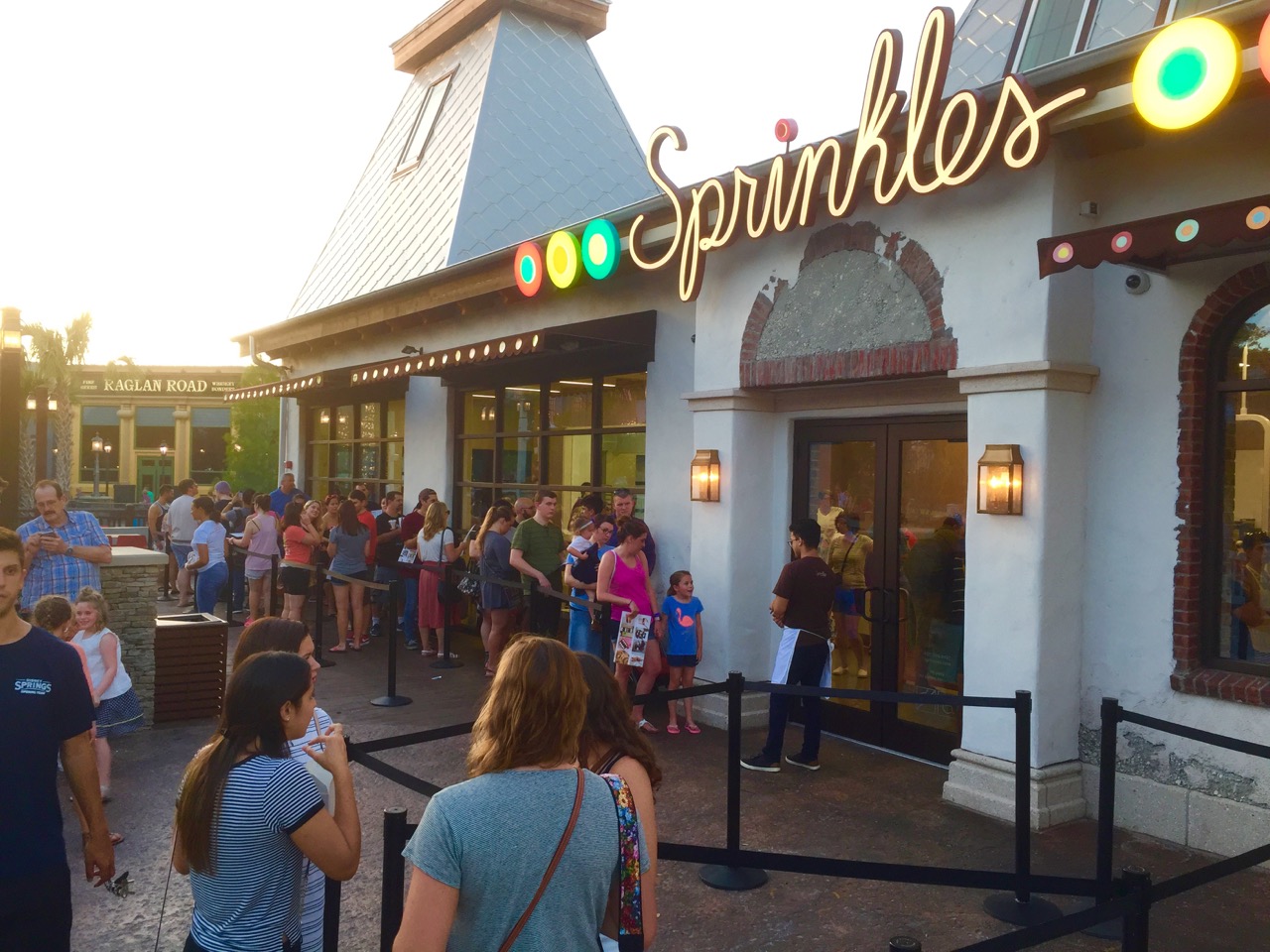
So the reality is that the concepts for what has become Disney Springs has its roots in The Grove. Some Imagineers on the inside say it hasn’t enough theming, enough magic to transform you to another place like you experience at the parks. But it does have most of the bells and whistles you can find at The Grove. Plus, Disney has other benefits going for it like Cirque du Soleil, Characters in Flight, and most importantly, its location in the heart of Walt Disney World.
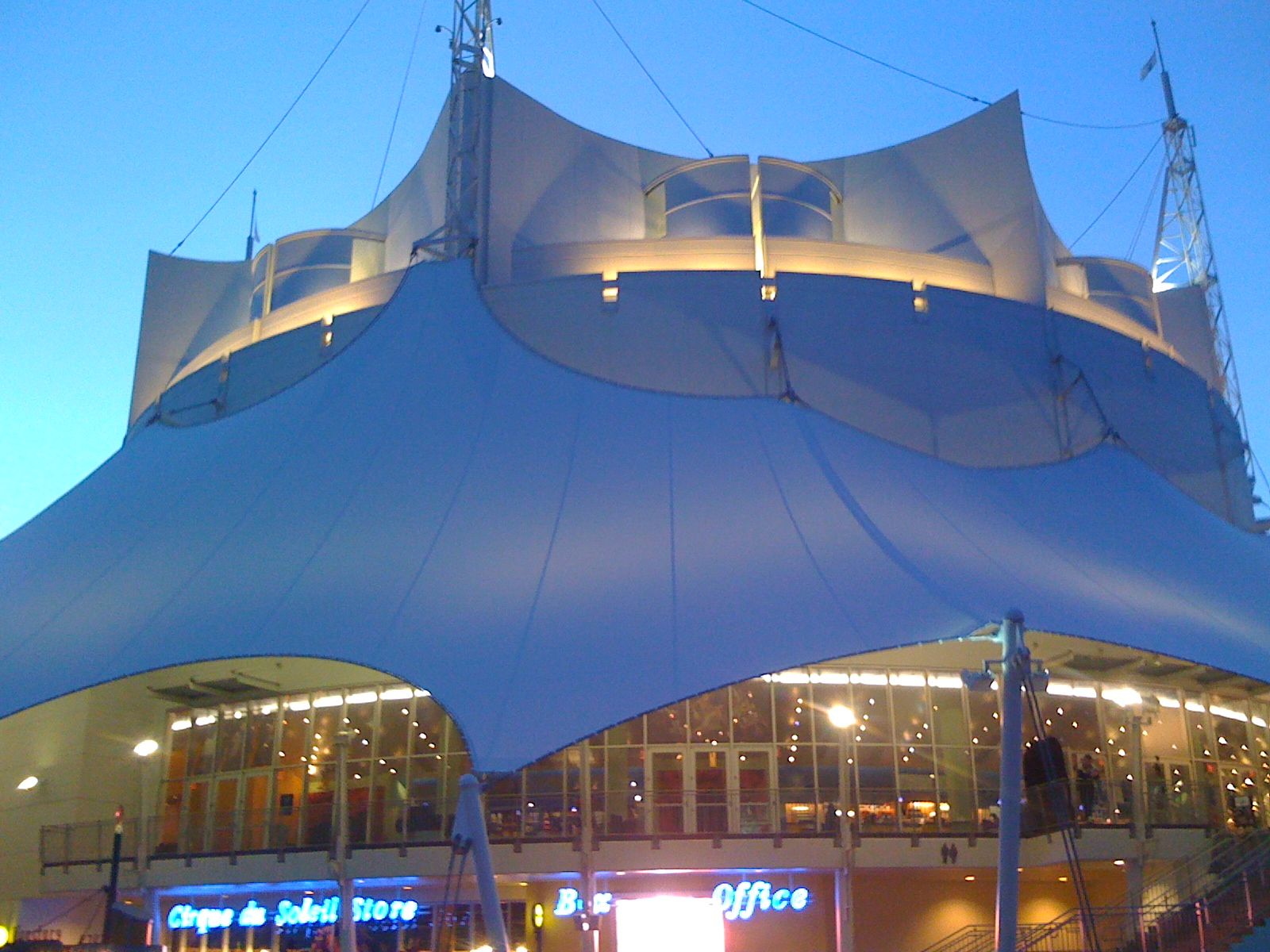
Of course, where did The Grove get its cues? Consider the label Vanity Fair put on the retail complex when it named it the “main street of dreams.” Rick Caruso claims that working with a team or architects, they studied some of the most attractive and comforting elements people enjoy being in such as King Street in Charleston, Newbury Street in Boston, and Madison Avenue. But don’t make any mistakes. The Main Streets of Disneyland, Walt Disney World and elsewhere are the gold standard for great retail design. So what goes around comes around.
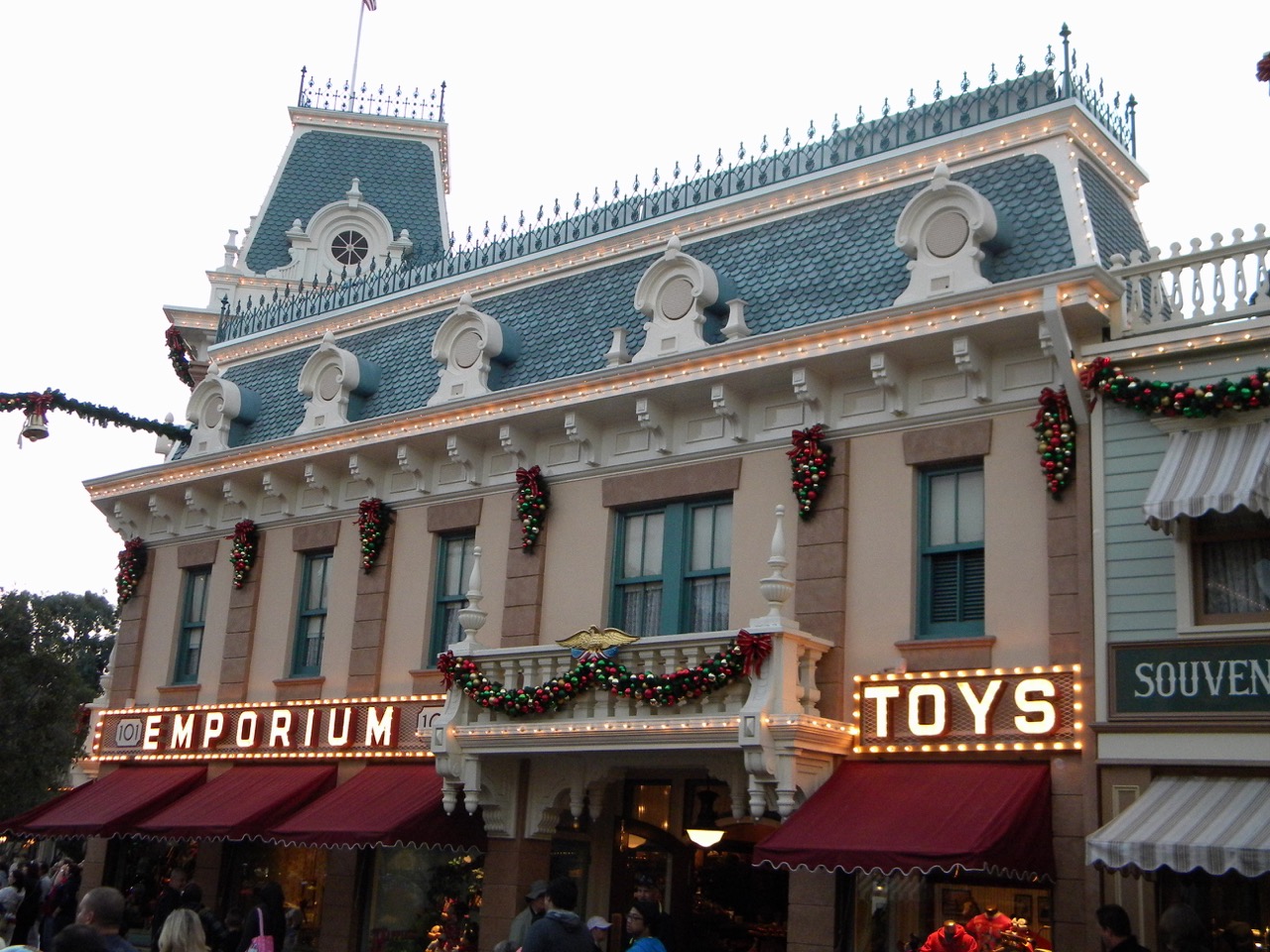
Disney Springs of today seems like a far cry from the early days of the Lake Buena Vista Shopping Center, which either offered cute pottery and crafts stores, or served as the last place to shop for Disney Ts and plush on your drive back home to Milwaukee. Disney Springs is now in the big league for those looking to find a high-end shopping, dining and entertainment experience. Its intent is to be the premium retail destination. And given the crowds, they may just rise to the top.
Consider for yourself:
- How have your products and services evolved over time?
- Who is doing what you do best? Who do you admire most in your field?
- How can you adapt–not adopt–but adapt those ideas to your business and experience?
- How can you take those same ideas to the next level?
- What great ideas are in your organization that others are waiting to adapt and make their own? How can you exceed those same ideas?

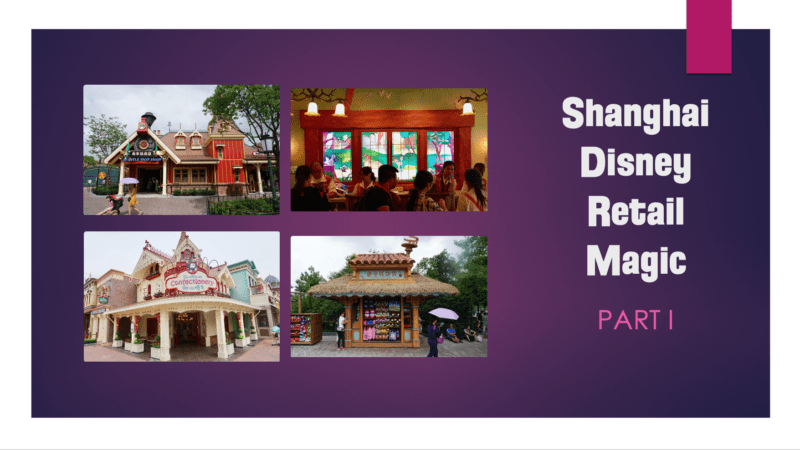
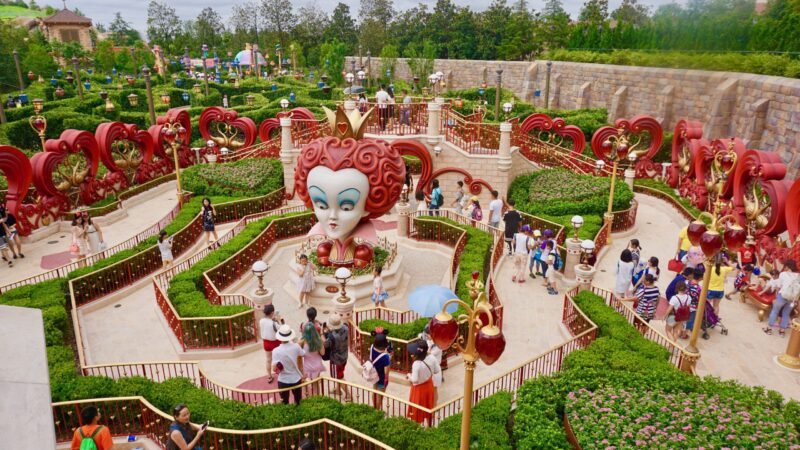

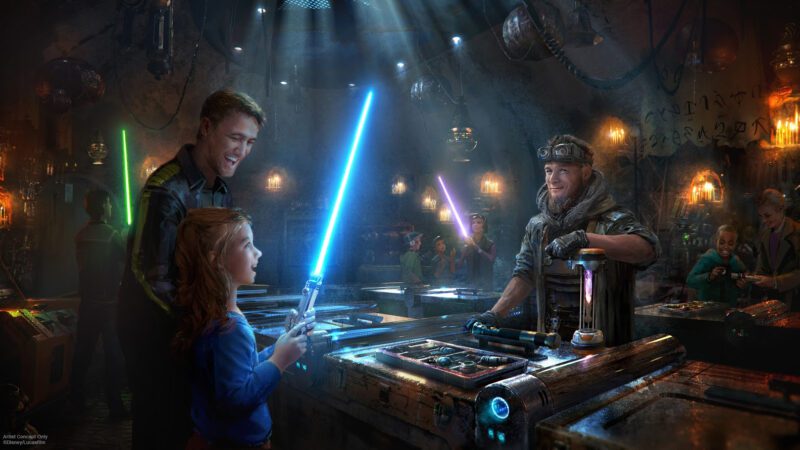
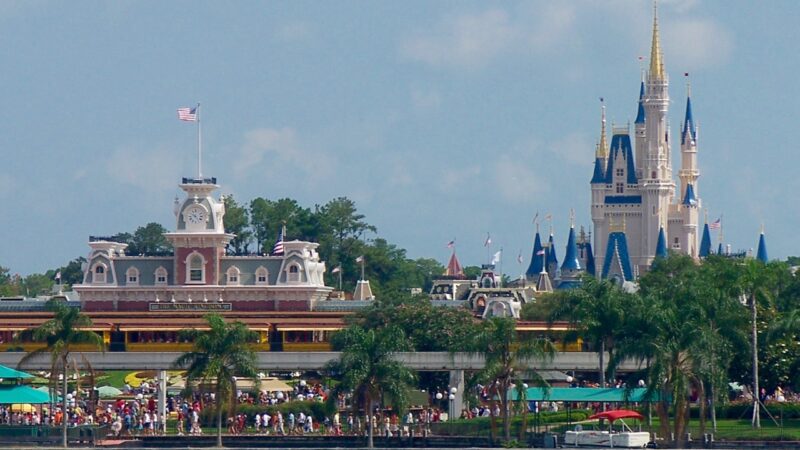
Jeff – Another compelling aspect of Disney Springs is that it’s beautifully and entertaining. What other shopping Mall or Outlet – and there are others within just a few minutes drive from DS – offers museum quality vintage boats, a hot air balloon, street performers, a water taxi service and the nostalgic ambiance of Jock’s Hanger Bar and Grill? Sometimes, I just go there to “window shop” its almost like getting into Disney’s Hollywood Studios for free.